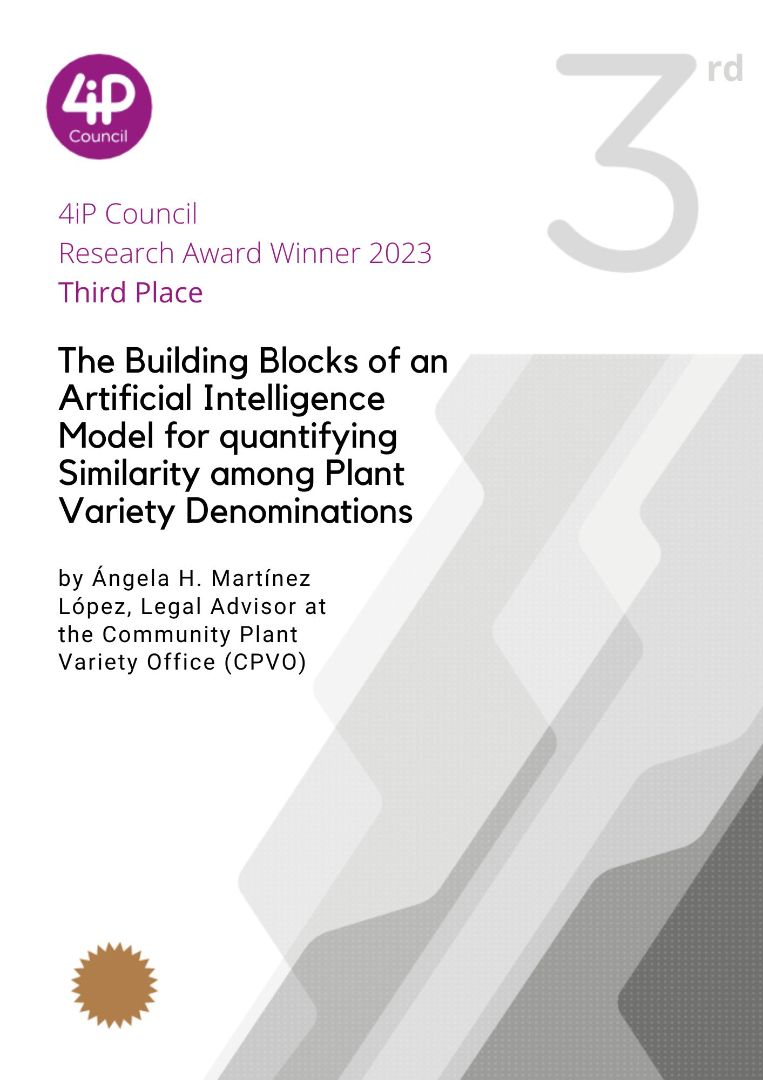Introduction
“You wouldn’t download a car” is the first line of the famous ‘Piracy. It’s a crime’ awareness campaign. The short video was made to condemn the widespread practice of illegally downloading copyrighted material thanks to peer to peer sites such as LimeWire, Emule etc. While fifteen years ago the idea of downloading a car caused hilarity in the public opinion, today this is no more a joke to be contended with. We are making little steps in the direction of a future where you can download a file for a 3D printed car and then print it in your backyard, even if, as of today, only certain car parts can be printed. The argument is not limited to cars, but potentially can be extended to further and further types of objects as new technological solutions and materials for printing become feasible and easily available to the average consumer. While today 3D printing in the consumer market is restricted only to those who have at least some sort of technical competences and still face a lot of difficulties, it’s easy to imagine that in the next ten to fifteen years some companies will achieve what was achieved by personal computer’s companies in the late ‘80s and early ‘90s, especially by Microsoft and Apple, with consumer friendly interfaces. Once the interface’s problem bottleneck will be passed, the floodgates will be open for a revolution in consumerism. For example, consumers will be able to not be limited by the products line of a single producer when it comes to additional gadgets for the main product they have already bought. They will instead be able, thanks to the combination of 3D scanners, augmented reality and 3D printing technology, to 3D print a compatible Do It Yourself version of the additional gadget. On the subject of economic feasibility, the cost of buying a 3D printer and the costs associated with raw material and electricity usage can be recouped in a few years, if it is used to print common items that are usually bought by the average consumer (such as a soap holder, a Nikon camera lens cover, a seatbelt guide, a cutting table etc…).
The excitement for such a revolution is justified, but as we need to approach the subject of this paper, some questions and doubts arise. When there will be hundreds of thousands if not millions of easy to use 3D printers, most of them, if not all, connected to the Internet, how we will manage to protect IP rights? Decentralization is a key aspect of additive manufacturing on the consumer level; hence the enforcement of IP rights will require more and more resources or a smart solution (maybe backed up by Artificial Intelligence) to efficiently prevent these difficult situations from arising. Should we put the weight of protection of IP rights on the shoulders of 3D printers’ manufacturers or should consider them as having a neutral stance on it? These questions and more will be answered in the next pages.






